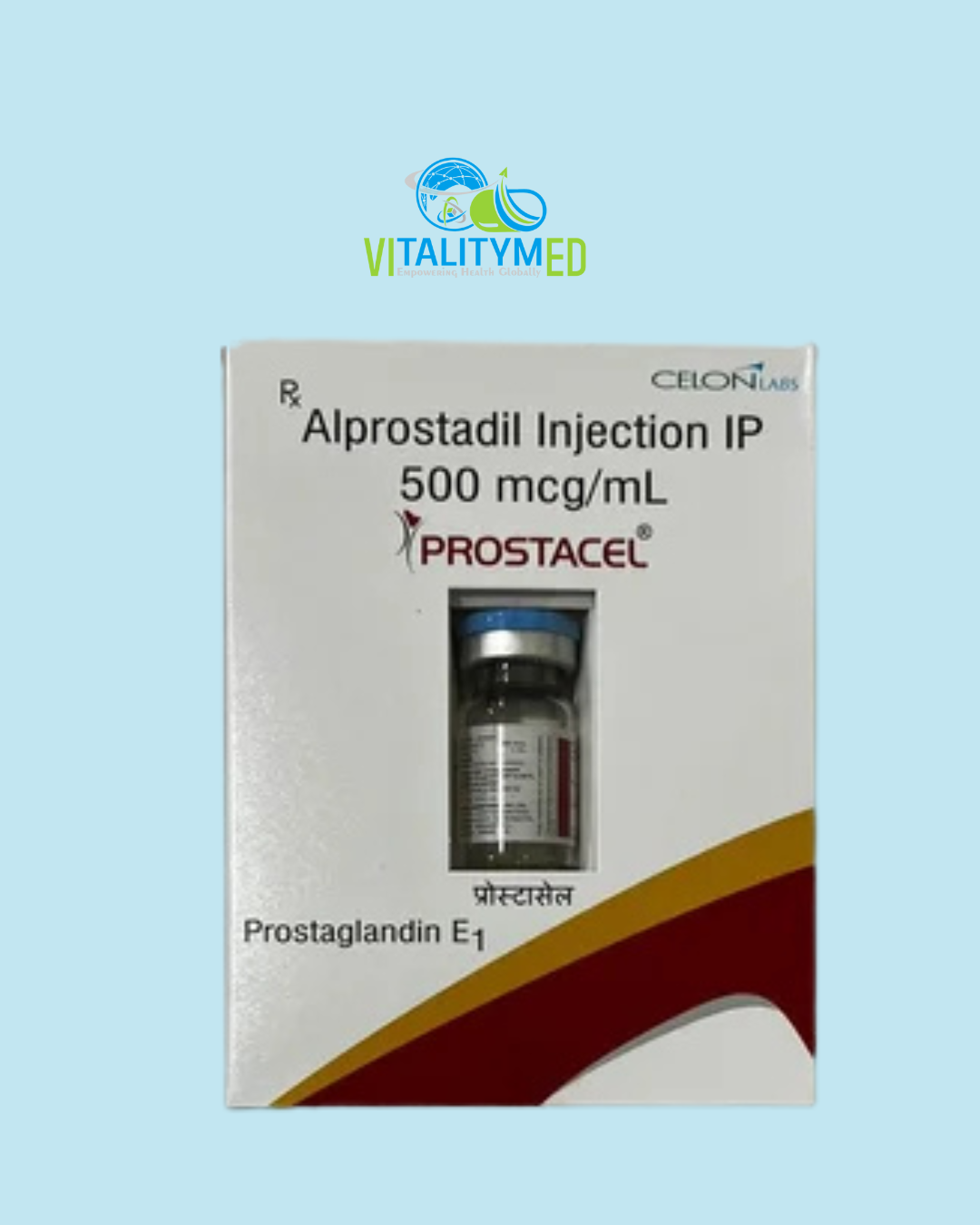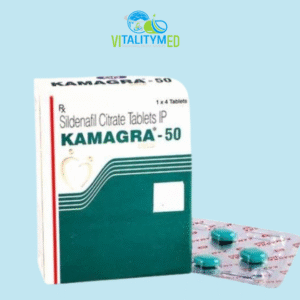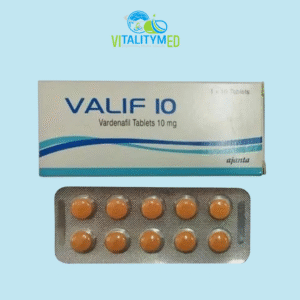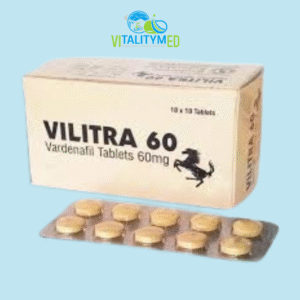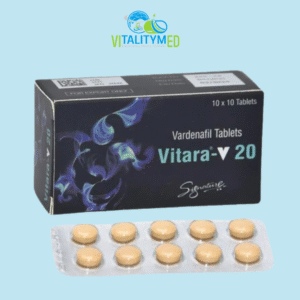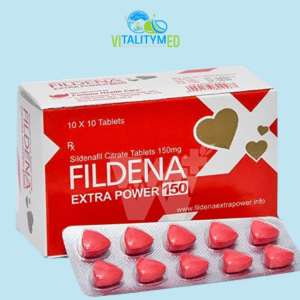Prostacel contains alprostadil, a synthetic version of prostaglandin E1, a naturally occurring substance in the body. It is primarily used to treat erectile dysfunction and certain heart-related or vascular conditions in newborns. Alprostadil works by relaxing blood vessels and improving blood flow, making it a vital therapeutic option in specific clinical scenarios.
Mechanism of Action
Alprostadil acts by binding to prostaglandin receptors on smooth muscle cells. This interaction activates the enzyme adenylate cyclase, leading to an increase in cyclic adenosine monophosphate (cAMP). Elevated cAMP levels cause smooth muscle relaxation, particularly in vascular tissues, which in turn leads to vasodilation and improved blood flow. In erectile dysfunction, this results in enhanced blood flow to the penile tissues, facilitating erection. In neonates with congenital heart defects, it maintains ductus arteriosus patency, which is crucial for survival until corrective surgery.
Uses
Prostacel is used in two main therapeutic areas:
-
Erectile Dysfunction: It is administered either via intraurethral suppository or direct penile injection when oral therapies are ineffective or contraindicated.
-
Congenital Heart Defects in Newborns: In neonates with ductus-dependent congenital heart defects, alprostadil helps keep the ductus arteriosus open to ensure adequate oxygenation until surgery can be performed. Adverse Effects
While alprostadil is generally effective, it can cause some unwanted effects.
In adults using it for erectile dysfunction, side effects may include penile pain, prolonged erection, local irritation, and occasionally fibrosis at the injection site.
In neonates, common adverse reactions include fever, flushing, low blood pressure, and apnea, especially with higher doses or prolonged use.
Most side effects are manageable and reversible with dose adjustments or discontinuation of therapy under medical supervision.

